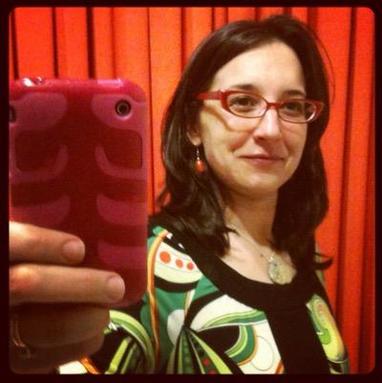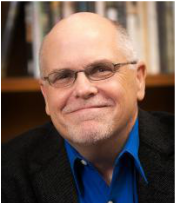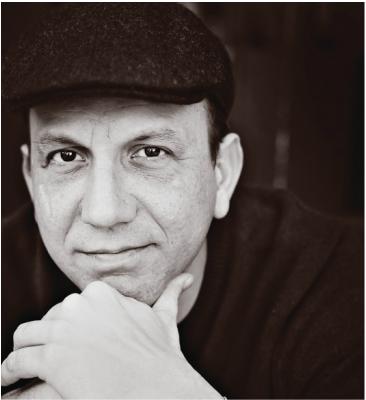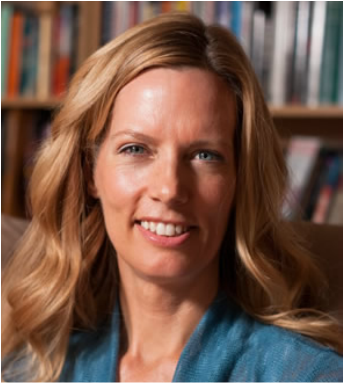NonfictioNow 2015, Flagstaff, Arizona
Hydra-Headed Memoirs & Well-Connected Essays:
Negotiating Your Book-length, NonFiction Thing
Steve Harvey
|
When did I finally peel off her image from the scrapbook of memory and turn her into a ghost? A featureless muse? There were all of those hours playing guitar alone in my room, sublimating her, turning her from a real person into the vapor of song, the darkened sound hole of my mahogany guitar transforming the scrapings of my fingers into notes with depth and resonance. That is part of what I did to back away from her memory, I believe now, during those crucial months after her death, the guitar a surrogate for a real embrace, the resonating wood a displaced moan, the strummed sounds drifting off and away like a brunette wave. (164-165) |
It was this intentional destruction of memory at the gentle hands of art itself that I needed to take on with the one tool I had left—the writer’s art. I realized that the final, vital, and living connection between myself and my mother was the very book we were collaborating on. That we were recreating ourselves by creating it together and that this undertaking, which she had started with the letters, was mine to finish. I describe the process in a passage near the end of the memoir:
She wrote letters as the line of coherence in her life deteriorated, and when she stopped writing them her life came crashing down. Picking up the unraveling ends, I wove the frayed strands together, repairing them, and creating from our common tale a new, more complex whole that stretches from our past into the future […] The hands of my collaborator in this story do not rest upon mine—I will never feel their presence as palpable again, any more than I can hear her whisper in my ear or feel her touch on my cheek. No, her hands are in mine […] stitched into the fabric and webbing of my DNA. Her words mingle with mine as I write so that we have, at last, the conversation we need. Our two languages stitched together with quotation marks, blurred by paraphrase, and hung aloft on the hooks of my interrogations find the point of support that allows me to arrange the shattered mosaic lying neglected on the floor, and lift it into the sky. (198-199) |
In the process of going from essay to memoir the name changed from “The Book of Knowledge” to The Book of Knowledge and Wonder, and the addition is telling. It is this—the drama of this collaboration to recover lost time—that became wondrous to me as I wrote the memoir. I really leaned two lessons when my book went from essay to memoir. The first was that I needed to stay true to the spirit of the original piece. I could not simply supply more background information to the story; I had to go more deeply into that story, and the memoir gave me the space to do that. But I also learned that it helps to discover along the way that you have something new to say as well.




